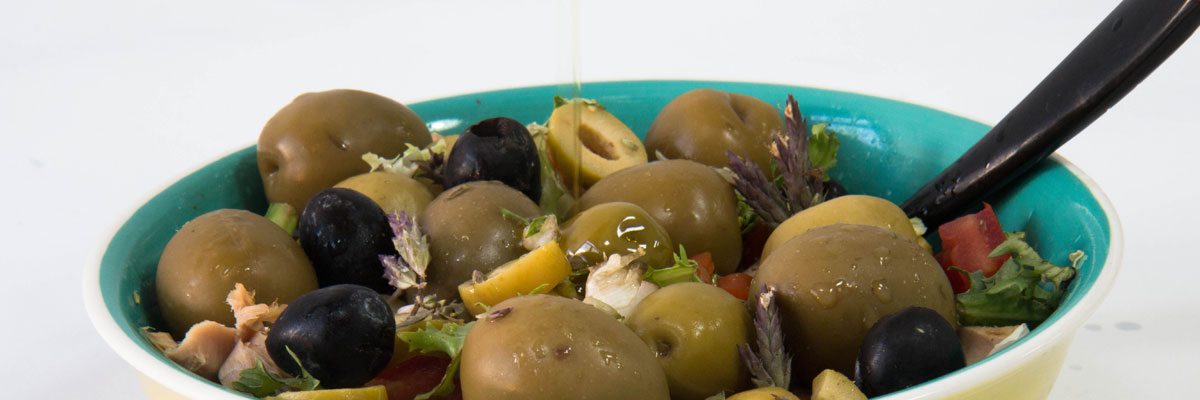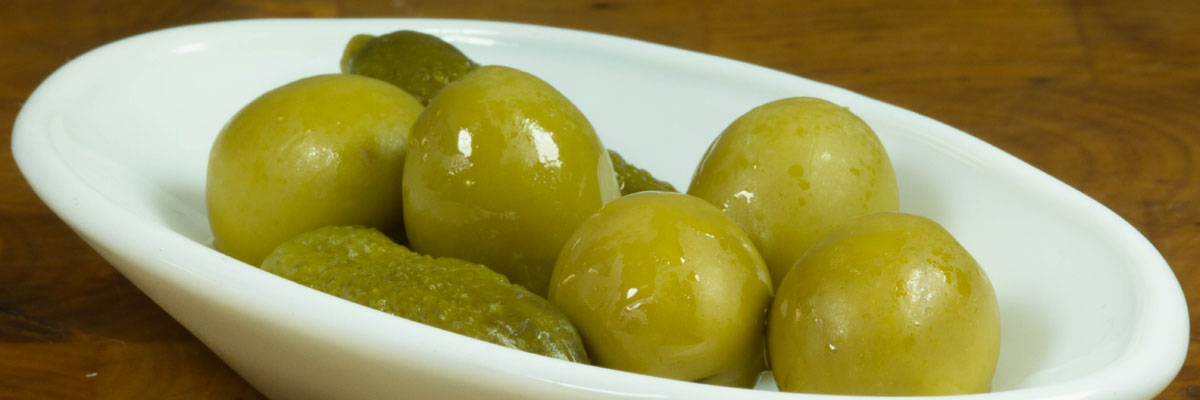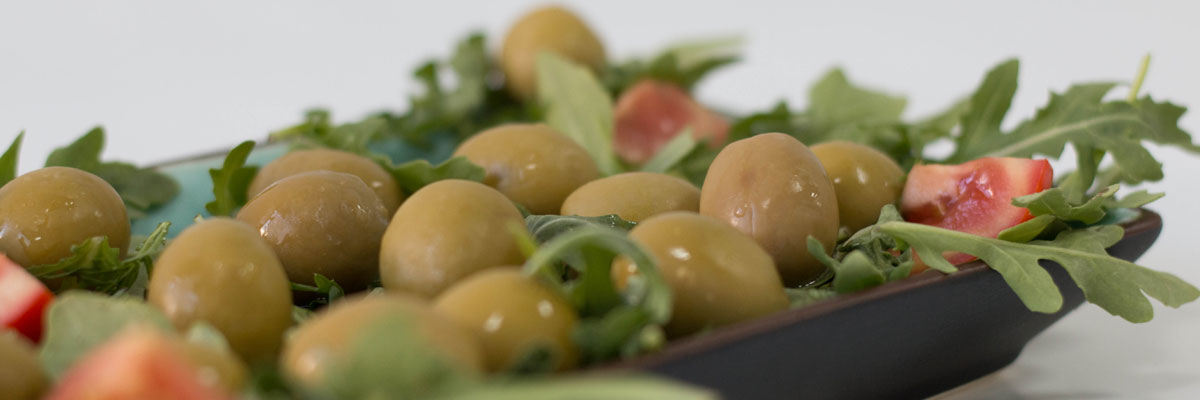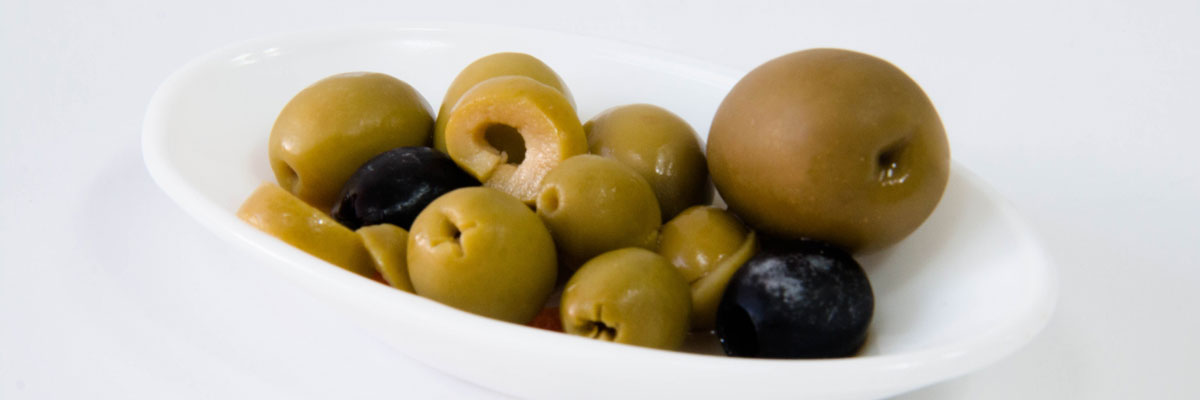The perfect
tapa
The thousands of tapas tasted every day in the bars of Seville are an inspiration in themselves. They are a gathering of flavours from the rich gastronomic resources of this land.
Manzanilla Olive offers you the perfect tapa.
The olive is the start of a journey, the first word of a poem.
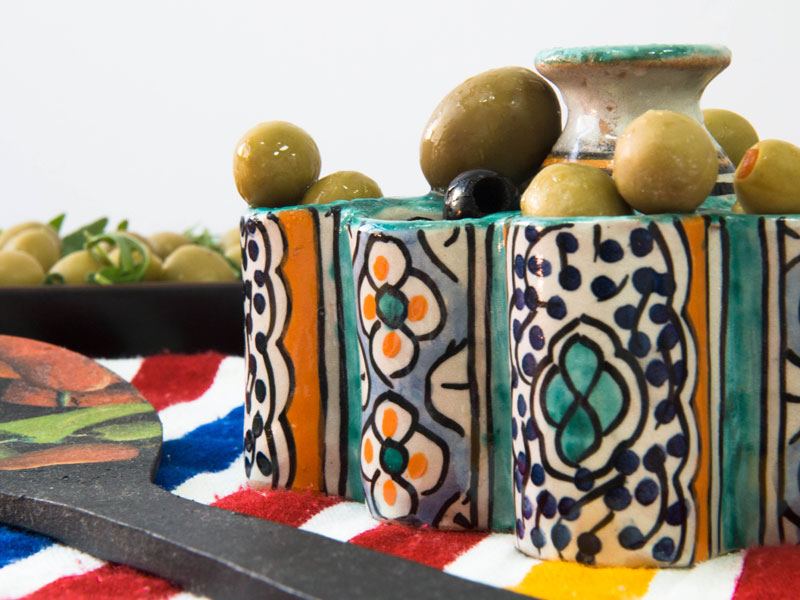
Recipes
Traditionally eaten as an aperitif, the olive has started to take centre stage in local and international gastronomy.
The olive is an ingredient in a multitude of dishes. Its variety of shapes and colours makes it a versatile resource for professionals and amateurs. We can use it in every type of recipe, traditional and modern: meat, fish, pasta, pizza. And in products such as pate, bread or deserts.
Explore your creativity and enjoy the possibilities that we show you here.
Eating olives. Eating healthy
Olives are healthy food with significant organoleptic properties. Olives —as part of the well-known Mediterranean diet— are rich in carbohydrates, fibre and vitamins. They are digestive, low in saturated fats and appetising.
Serving: 7 olives weigh an average of 25 grams*
For all these reasons, in addition to contributing to a balanced diet, the olives have a multitude of proprieties. The knowledge of these properties has been passed from generation to generation as traditional remedies. For example, olives, when eaten raw, can act as a laxative and olive tree leaves lower blood pressure and help with hepatic and digestive problems.
*If they are not of the Sevillian Gordal variety.
| Olives (units) | 7 |
|---|---|
| Energía (Kcal) | 49 |
| G monoinsaturados (g) | 3,5 |
| Fibra (g) | 1,1 |
| Calcio (mg) | 15,75 |
| Potasio (mg) | 22,75 |
| Vitamina B6 (mg) | 0,005 |
| Vitamina A: Eq. Retinol (μg) | 5,5 |
| Vitamina E (mg) | 0,4975 |
Source: Moreiras et al. 2013. Table from The food composition. Ed. Pirámide.
Around 37 out of the 139 varieties of the most internationally known olives are cultivated in Spain.
MAGRAMA, 2006: Variedades de olivar, Núm. 2117 HD
